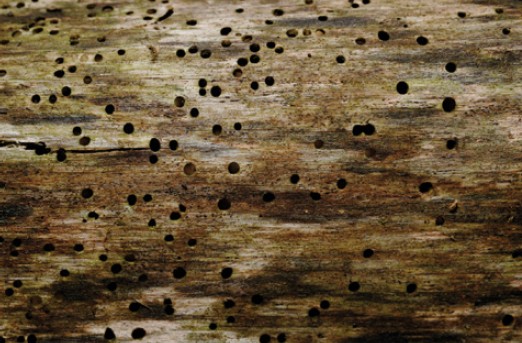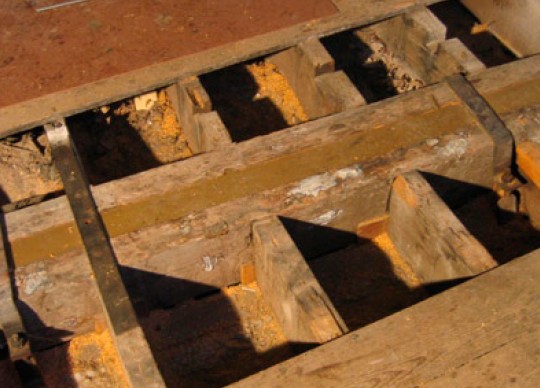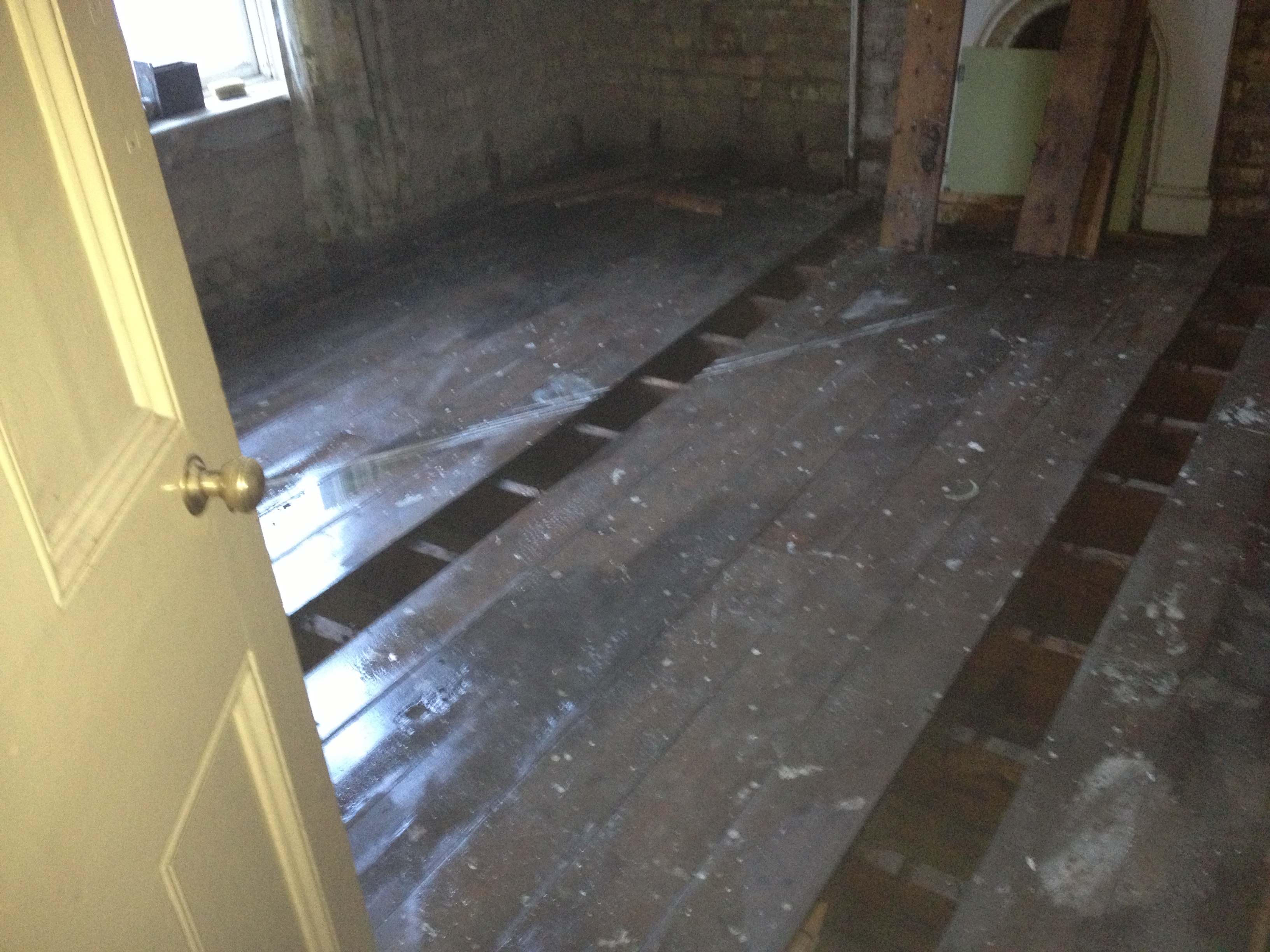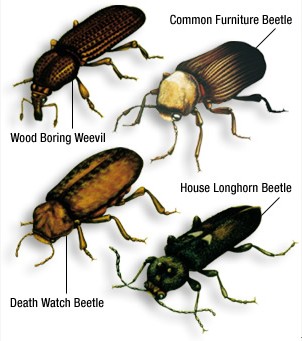Request Callback
from Protum Services


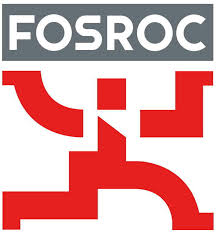

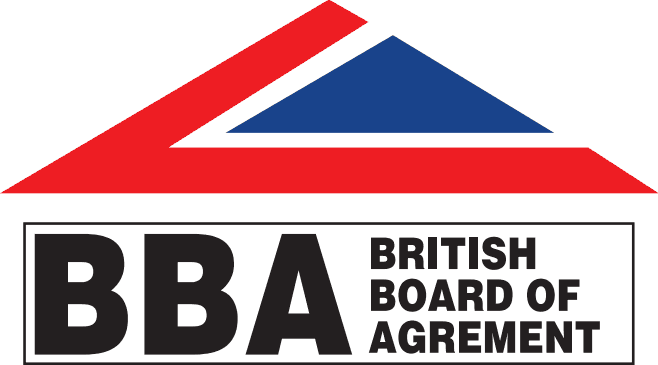

|
Woodworm
|
|
Protum Services have a range of chemical products for woodworm treatment.
Life-Cycle of Woodworm There are four main stages in the life cycle of a woodworm: The larvae come closer to the surface when it is time to pupate. They excavate a small area just beneath the surface of the timber where it will take up to eight weeks to pupate. The adult beetle emerges breaking through the timber spilling out dust. The beetle leaves a 1 – 1.5 mm hole in the surface of the wood, this is an obvious sign of the presence of woodworm. If you have seen any sign of woodworm infestation in your home or if you’re purchasing a new house which you suspect may be effected by wood worm contact Protum Services for immediate assistance.
|



